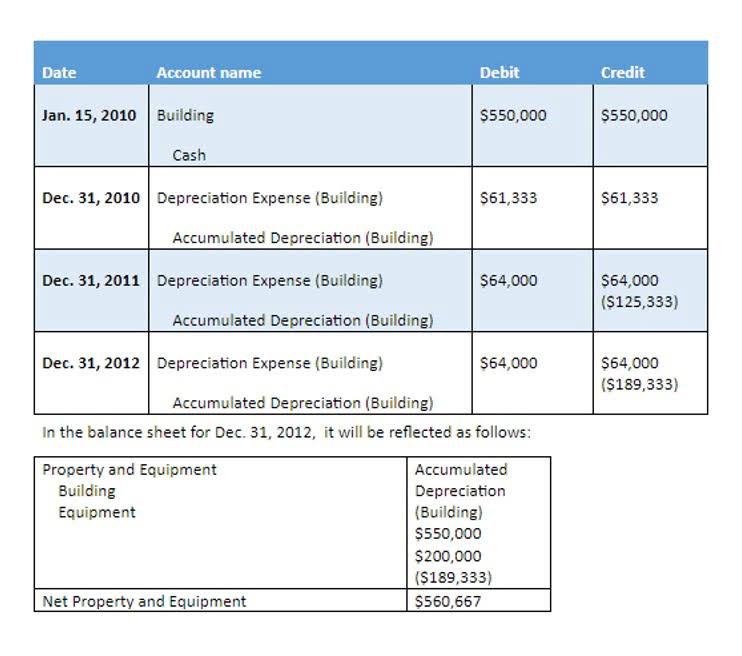
Retained earnings are the amount of net income a company has left after it has paid dividends to owners/shareholders. It’s calculated by adding net income to retained earnings at the beginning of the account period, then subtracting dividends. Retained earnings can also be used to determine whether a business is truly profitable. Lenders, creditors, and investors will often look at a company’s retained earnings, along with its revenue, to gain insights into the firm’s financial performance and potential for growth. At the end of each accounting period, retained earnings are reported on the shareholder’s equity section of the balance sheet. In the next accounting cycle, the retained earnings ending balance from the previous accounting period will now Accounting for Technology Companies become the retained earnings beginning balance.
Accounting Basics
- To get a better understanding of what retained earnings can tell you, the following options broadly cover all possible uses that a company can make of its surplus money.
- If you run a very small business, you might not even account for retained earnings and simply consider them part of working capital.
- This is the case where the company has incurred more net losses than profits to date or has paid out more dividends than what it had in the retained earnings account.
- The amount transferred to the paid-in capital will depend upon whether the company has issued a small or a large stock dividend.
- This outflow of cash would also lead to a reduction in the retained earnings of the company as dividends are paid out of retained earnings.
The prior period balance can be found on the opening balance sheet, whereas the net income is linked to the current period income statement. From there, the company’s net income—the “bottom line” of the income statement—is added to the prior period balance. The dotted red box in the shareholders’ equity section on the balance sheet is where the retained earnings line item is does retained earnings have a credit balance recorded. In simple words, the retained earnings metric reflects the cumulative net income of the company post-adjustments for the distribution of any dividends to shareholders. Retained Earnings on the balance sheet measures the accumulated profits kept by a company to date since inception, rather than issued as dividends.

What is the Normal Balance in the Retained Earnings Account?
Retained Earnings is important because it provides a company with a source of internal financing. This means that the company can use its own earnings to fund its operations and growth, rather than having to rely on external sources of financing, such as loans or issuing new stock. It can go by other names, such as earned surplus, but whatever you call it, understanding retained earnings is crucial to running a successful business.

Are beginning retained earnings always positive?

The normal balance of any account is the balance (debit or credit) which you would expect the account have, and is governed by the accounting equation. The retained earnings are calculated by adding net income to (or subtracting net losses from) the previous QuickBooks term’s retained earnings and then subtracting any net dividend(s) paid to the shareholders. Retained earnings are the cumulative net earnings or profits a company keeps after paying dividends to shareholders. Dividends are the last financial obligations paid by a company during a period. Overall, Coca-Cola’s positive growth in retained earnings despite a sizeable distribution in dividends suggests that the company has a healthy income-generating business model.

Net income vs. gross profit
They are a type of equity—the difference between a company’s assets minus its liabilities. Businesses can choose to accumulate earnings for use in the business or pay a portion of earnings as a dividend. Businesses that generate retained earnings over time are more valuable and have greater financial flexibility. It’s safe to say that understanding the retained earnings equation and how to calculate it is essential for any business.
- The level of retained earnings can guide businesses in making important investment decisions.
- The format of the accounting equation (or basic accounting equation or bookkeeping equation) is identical to the format of the balance sheet.
- Companies with stable cash flows and mature business models might opt to pay higher dividends, signaling financial stability and rewarding loyal shareholders.
- Although retained earnings are not themselves an asset, they can be used to purchase assets such as inventory, equipment, or other investments.
- Dividends are paid out of retained earnings of the company, and using both cash and stock dividends can lead to a decrease in the retained earnings of the company.
